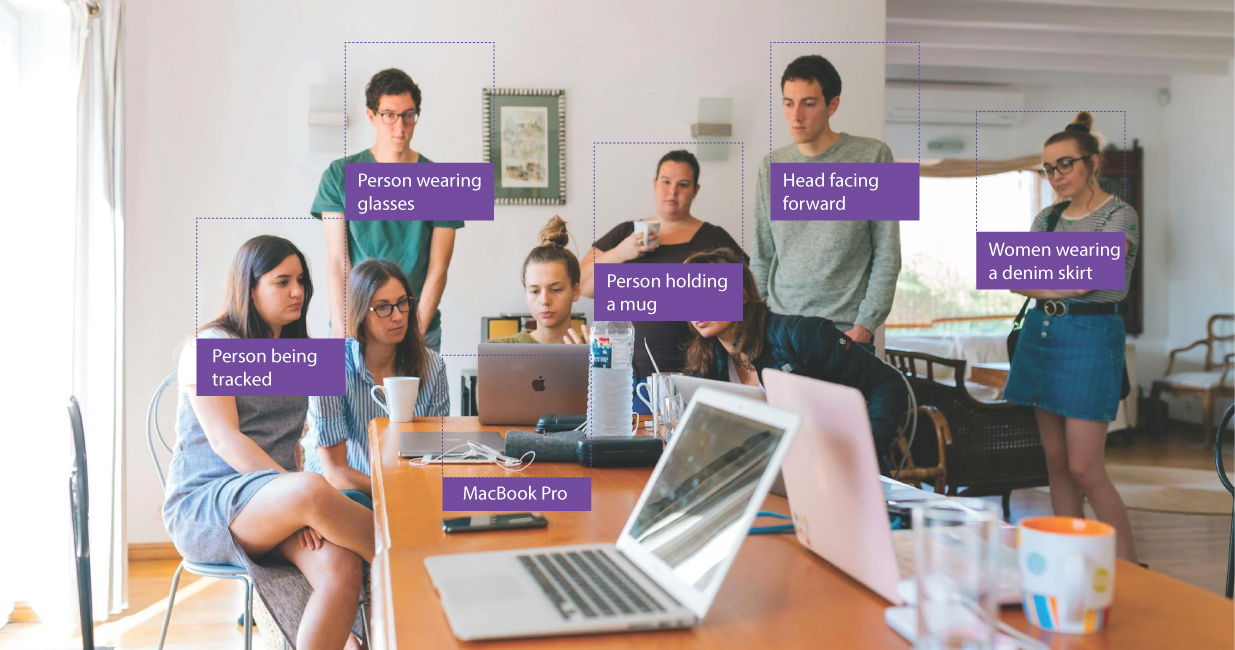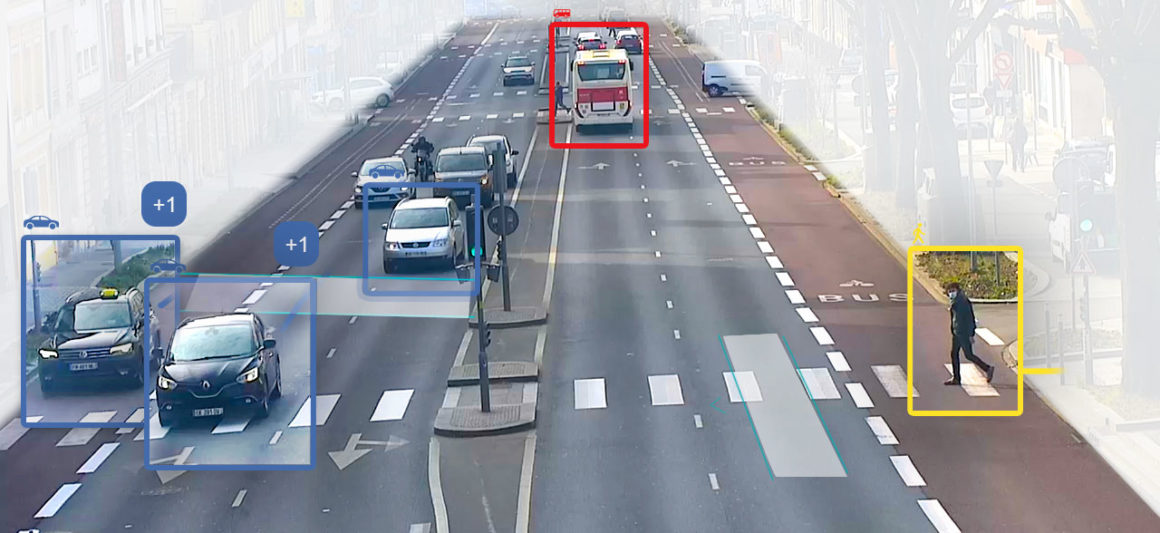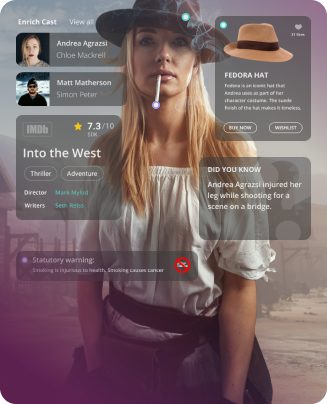BLOG

Date: 02 January 2024
Deep Learning, a subset of AI/ML, utilizes neural networks to learn and recognize patterns from tagged data. In Video Analytics, Deep Learning algorithms enable machines to identify objects, track movements, and derive meaningful insights from footage.
Techniques such as pose-based, tracking-based, spatiotemporal, and Deep Learning-based approaches have proven highly effective in enhancing video intelligence solutions. Deep Learning algorithms are proven to be highly compatible with accurate video analysis and are being used widely for the same.
Latest video technologies, such as Object Detection, Apparel Detection, Movement Analysis, etc, are being performed with the help of Deep Learning in Video Analytics.

While the potential benefits of Video Analytics using Deep Learning are immense, implementing it successfully requires addressing several challenges.
Let’s discuss those-
Computational requirements : Deep Learning algorithms demand significant processing power, making it crucial to have robust hardware infrastructure in place.
Handling large datasets: Video feeds generate vast amounts of data, and processing and analyzing this information can be time-consuming and resource intensive.
Ensuring data privacy: As Video Analytics involves capturing and analyzing sensitive information, organizations must prioritize data security and compliance.
Skilled professionals: To effectively utilize Deep Learning algorithms for Video Analytics. Technology is still evolving, and finding individuals with the right expertise can be challenging.
Overcoming these obstacles is vital to harnessing the full potential of Video Analytics using Deep Learning. We are at ease because all of them are achievable. The use of Video Analytics has already flourished and is being used by several industries, benefiting the users.
The applications of Deep Learning in Video Analytics are vast and diverse. Let’s explore some of them:
Security Industry: Deep Learning algorithms can detect suspicious activities, recognize unauthorized individuals, and monitor crowded areas for potential threats. This technology has the potential to revolutionize security measures, making it more proactive and effective.
Retail: Deep Learning algorithms can analyze customer behavior, track foot traffic, and optimize store layouts. By understanding how customers move through a store and interact with products, businesses can make data-driven decisions to improve customer experiences and increase sales.
Healthcare: The healthcare industry can benefit significantly from Video Analytics using Deep Learning. By analyzing video feeds from medical devices and monitoring systems, Deep Learning algorithms can detect anomalies, predict patient deterioration, and improve the quality of care. Technology like this is capable of saving lives and improving patient outcomes.

The opportunities and potential advancements in Video Analytics using Deep Learning are immense, irrespective of the challenges. As technology evolves, we can expect improvements in hardware efficiency, making Deep Learning more accessible to organizations with limited resources.
Along with that, advancements in data labeling and annotation tools can also streamline the process of generating labeled training data, reducing costs and time requirements. Also, developing pre-trained Deep Learning models and transfer learning techniques can enable organizations to leverage existing models and adapt them to their specific Video Analytics needs.
Can you already depict the enormous possibilities of Video Analytics using Deep Learning? It is so apparent and grand that this technology will soon be a significant part of our day-to-day life.
Cheers to the technologies making our lives easier and more convenient. At Logituit, we are here to assist you further with all the latest video technologies, such as AI/ML, Object Detection, Deep Learning, etc.
Get in touch with us at [email protected] for queries.
Don’t miss out on our latest blog on Object Detection:
SHARE THIS ARTICLE
Stay up to date on latest trend in video tech
Related Posts
ALL RIGHTS RESERVED © LOGITUIT 2024
To provide the best experiences, logituit.com use technologies like cookies to store and/or access device information. Consenting to these technologies will allow us to process data such as browsing behaviour or unique IDs on this site. Not consenting or withdrawing consent, may adversely affect certain features and functions.